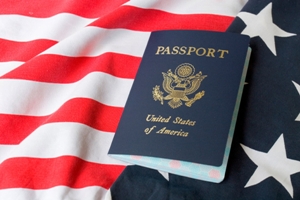 Considering the fact, the number of foreign marriages in the U.S. is constantly growing, two big questions are gaining more popularity among foreigners and their spouses: how to make this marriage possible, and if it is possible to bring children to the U.S.? The eligibility to receive immigration privileges is strictly determined by your status. In case you are a Green card holder, does it bring some benefits and opportunities to bring a child?
Considering the fact, the number of foreign marriages in the U.S. is constantly growing, two big questions are gaining more popularity among foreigners and their spouses: how to make this marriage possible, and if it is possible to bring children to the U.S.? The eligibility to receive immigration privileges is strictly determined by your status. In case you are a Green card holder, does it bring some benefits and opportunities to bring a child?
The K-visas were provided for fiancé(e)s of U.S. citizens and their children and give opportunity to arrive to the U.S. even before marriage with accompanying minor children. U.S. citizen fiancé(e)s file for their future spouse on Form I-129F, Petition for Alien Fiancé(e).
As stated previously, children can obtain their visa through a parent, a K-1 visa beneficiary, if they are not married and under 21 years old. Such children fall into derivative applicants category and apply for a K-2 visa. Every K applicant submits separate application, and pays the visa application fee.
They are also allowed to arrive to the U.S. together with the parent, or up to one year after the obtaining of the parent’s K-1 visa.
Another arising question concerns the children’s age, as the beneficiary who turned 21 prior to receiving Green card could not be considered a child for immigration objectives. This situation is described as “aging out.”
CSPA (Child Status Protection Act) can protect “child” status for family-based immigrants in two following occasions:
- If the Form I-130, Petition for Alien Relative was filed by a U.S. citizen parent for a child, the beneficiary’s age “freezes” on the date of filing.
- If the Form I-130 was filed by a permanent resident parent and the parent naturalizes before the beneficiary turns 21, the beneficiary’s age “freezes” on the date the petitioner naturalized.







